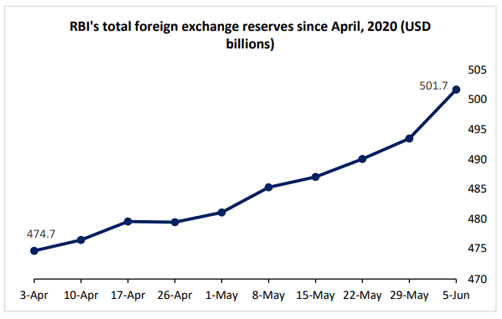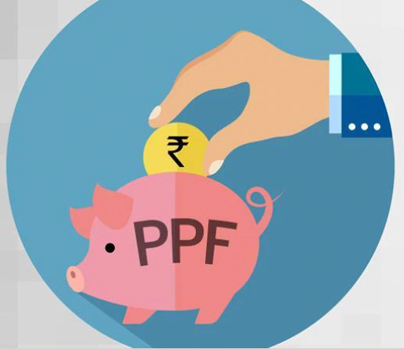
Gold is considered by many to be a safe-haven asset, i.e., the demand for gold usually increases during times of financial crises. As the current economic scenario is plagued by uncertainty caused by the Covid19 crisis, gold has seen an increase in demand. Since the beginning of the year, i.e., January 1, 2020, up to June 19, 2020, in India, gold has given an absolutely return of approximately 14.5% in USD terms. (Source:World Gold Council)
The demand for gold has also come from central banks around the world. In fact, globally, central banks have been net buyers of gold for the last two years, and they continue to do so in 2020. In terms of metric tonnes, global gold reserves have increased by approximately 2.7% from 33,974 tonnes on 31st March, 2018 to 34,892 tonnes as on 31st March, 2020.

As can be observed from the above chart, the price of gold had appreciated significantly since the 2008 financial crises, until it reached its peak around September, 2011. The reserves of gold held by global central banks also started increasing after the 2008 crisis. This correlates with the notion of gold being considered as a safe haven asset, whose demand increases in times of financial crises.
Experts believe that it is possible that gold reserves and prices may follow a similar trend in the wake of the current economic crises around the spread of Covid-19. Even though the price of gold has increased in recent years, the demand for gold is not likely to wane in the near future. The increasing covid-19 cases have increased concerns of a delay in economic recovery. Also, possible increases in inflation due to the push for higher liquidity, lower interest rates and stimulus packages by central banks may keep the demand for gold intact. Gold is generally considered a hedge against inflation, and therefore tends to benefit from stimulus measures.Indicative of sentiment that gold is often used a safer store of value in times of economic and political crises, the holdings of SPDR ETF, a world’s largest gold ETF, have increased and stood at around 1136.219 tonnes as on June 18, 2020.
Therefore, it will be interesting to observe the demand for gold in the coming months amidst the uncertainty created by the Covid-19 crises.
Sources: IMF, Goldhub, World Gold Council and other publicly available information.
Disclaimer: The information provided herein is based on publicly available information and other sources
believed to be reliable, but involve uncertainties that could cause actual events to differ materially from
those expressed or implied in such statements.






 The Samsung Group is a South Korea-based conglomerate company that makes everything from dishwashers to smartphones, has become one of the most powerful and recognizable names in tech.
The Samsung Group is a South Korea-based conglomerate company that makes everything from dishwashers to smartphones, has become one of the most powerful and recognizable names in tech.






 DP growth by 40 basis points in 2018-19 over 2017-18, Indian economy remained the fastest growing major economy along with macroeconomic stability. Consumer price inflation was within the targeted limits set by the monetary policy committee of RBI. Current Account Deficit increased from 1.9% of GDP in 2017-18 to 2.4% in April-December 2018-19. India has emerged as an important player in the world and the medium term growth prospects of the economy are bright mainly on the back of the important structural reforms initiated in the last few years.
DP growth by 40 basis points in 2018-19 over 2017-18, Indian economy remained the fastest growing major economy along with macroeconomic stability. Consumer price inflation was within the targeted limits set by the monetary policy committee of RBI. Current Account Deficit increased from 1.9% of GDP in 2017-18 to 2.4% in April-December 2018-19. India has emerged as an important player in the world and the medium term growth prospects of the economy are bright mainly on the back of the important structural reforms initiated in the last few years. 

